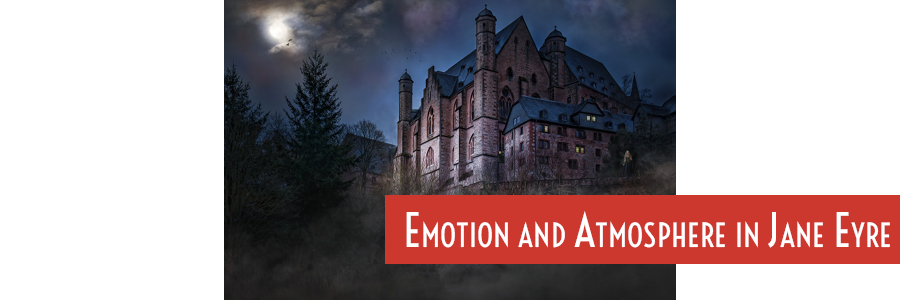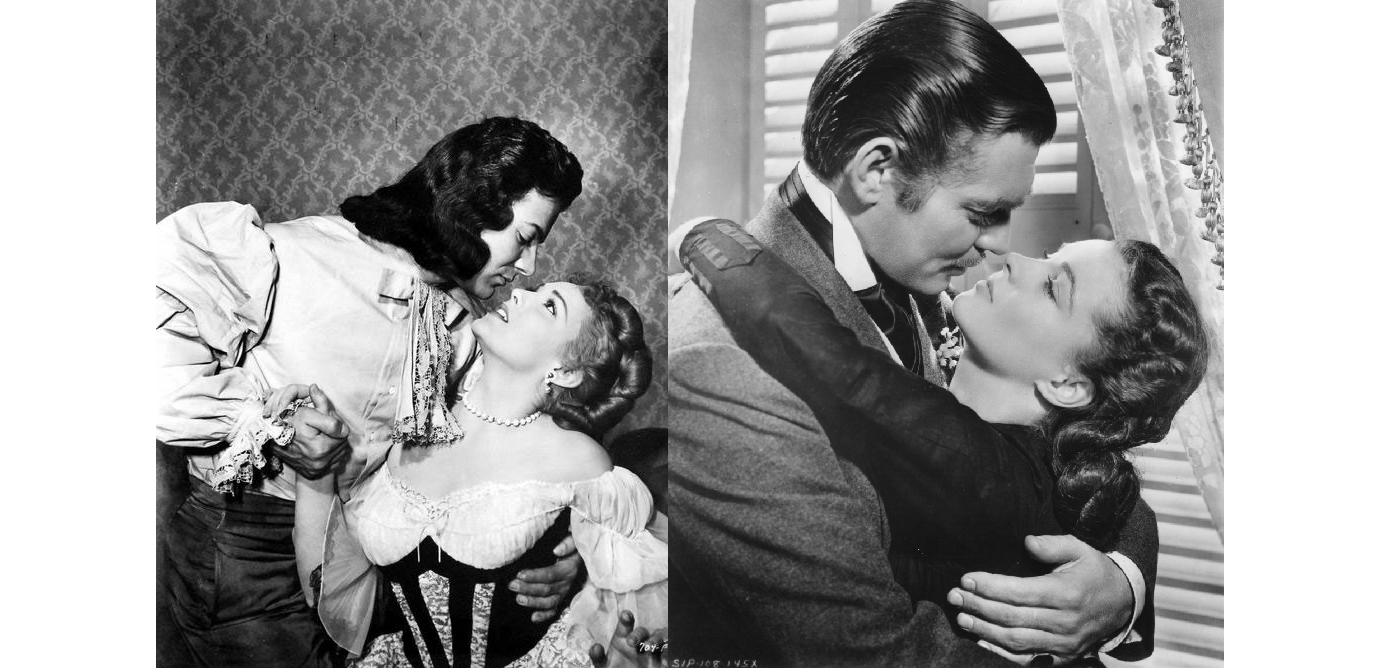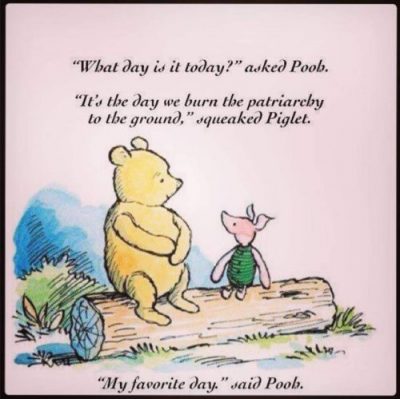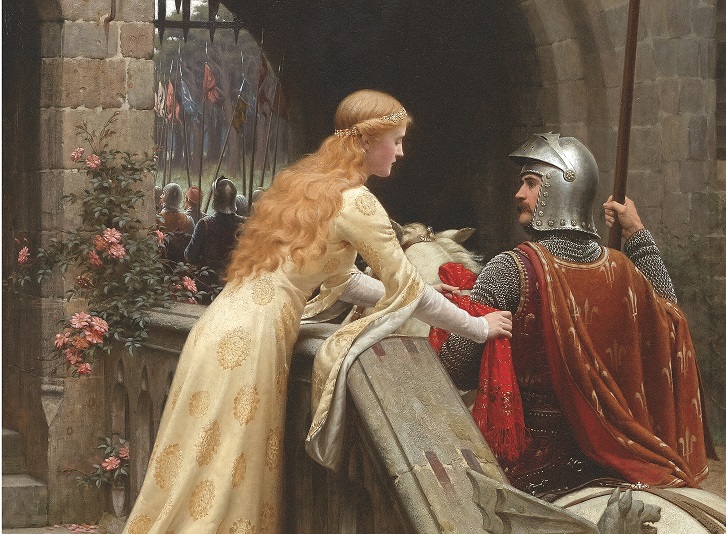The Romance MFA project isn’t just about reading a bunch of romances, it’s about learning to write better by doing so. This post, therefore, considers what I can learn from Charlotte Bronte and Jane Eyre. After some rumination, I think the biggest lesson I can learn is about how Bronte uses setting for atmosphere in Jane Eyere. I’ll explain.
Emotion and Atmosphere in Jane Eyre
As I started reading Jane Eyre, I was struck by how dark and Gothic it was. I don’t know why this surprised me, considering what is widely known about the plot—mysteries in the attic!—but somehow it had never occurred to me that Jane Eyre was a Gothic romance. Since I wasn’t taking it for granted, however, I found myself really noting all the details that contributed to the Gothic atmosphere.
The cold!
Jane Eyre’s story opens during her childhood, on a rainy November day when she cannot escape her cousins to go outside and instead hides in the library to read a book. Bronte’s descriptions focus not on the warmth of the window seat where Jane takes shelter, but on the chill weather outside.
Folds of scarlet drapery shut in my view to the right hand; to the left were the clear panes of glass, protecting, but not separating me from the drear November day. At intervals, while turning over the leaves of my book, I studied the aspect of that winter afternoon. Afar, it offered a pale blank of mist and cloud; near a scene of wet lawn and storm-beat shrub, with ceaseless rain sweeping away wildly before a long and lamentable blast.
Not only is her external world cold, but the internal world to which she escapes is even more so! She begins to read and fantasize about Arctic regions.
Nor could I pass unnoticed the suggestion of the bleak shores of Lapland, Siberia, Spitzbergen, Nova Zembla, Iceland, Greenland, with “the vast sweep of the Arctic Zone, and those forlorn regions of dreary space,—that reservoir of frost and snow, where firm fields of ice, the accumulation of centuries of winters, glazed in Alpine heights above heights, surround the pole, and concentre the multiplied rigours of extreme cold.”
All of this, I feel, does a lot to set the reader up for the lack of emotional warmth in Jane’s life. Bronte follows this by setting much of the action in dark rooms, or under moonlight.
The dark!
Jane is left in the dark by her aunt Reed, she leaves the Reeds’ house before dawn and arrives at Lowood School after dark. She arrives at Thornfield after dark, she meets Rochester on the road under the moonlight. Even if I hadn’t known that the wedding would be interrupted, I would have suspected something because there’s no way that all this set up would have led to a normal June wedding. Here’s the reading note I made at that point in the narrative:
Now that their June wedding has been ruined, I’m placing my bet on a winter wedding, probably a rainy day in November. As they exchange vows, the rain will cease and moonlight will illuminate Rochester’s ugly yet beloved face.
Following the disastrous non-wedding, Jane flees Thornfield in the night, arrives at the Rivers’ home after dark, and hears Rochester’s cry in the middle of the night. And then, though my exact prediction was not realized, Rochester is sunk in darkness when she is reunited with him.
So much darkness!
….and the light!
The contrast therefore stands out when Jane and Rochester view each other as sources of light.
Jane, speaking of Rochester’s smile:
He seemed to think it too good for common purposes: it was the real sunshine of feeling—he shed it over me now.
And when she thinks he’s going to marry Blanche:
I half ventured to hope that he would, even after his marriage, keep us [Adele and Jane] together somewhere under the shelter of his protection, and not quite exiled from the sunshine of his presence.
Rochester, speaking after their reunion, says,
“All the melody on earth is concentrated in my Jane’s tongue to my ear (I am glad it is not naturally a silent one): all the sunshine I can feel is in her presence.”
All the world is dark and moonlit, yet in each other’s presence they find sunshine.
I don’t intend to write Gothic romance, but I’m going to keep in mind the contrasts of atmosphere and mood that Bronte sets up for Jane and Rochester and look for ways to set my scenes to reinforce the emotions of my characters.



